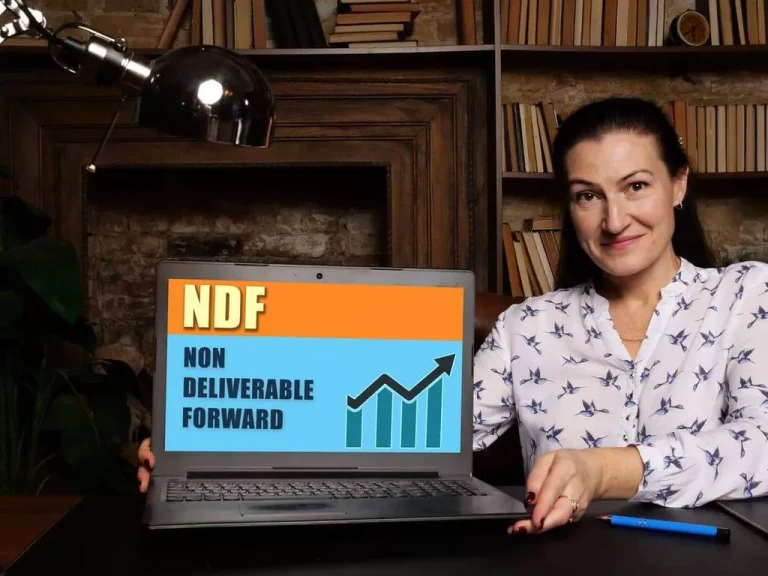Why Blockchains Matter: Understanding Key Varieties
Both provide privateness, efficiency, security and may be easily carried out. Both of those blockchains can be quite useful for different enterprises. No central authority controls the transactions linked with blockchains. Being a cost-effective strategy, it is on its method to changing handbook public and private blockchain difference strategies for making payments. A permissioned blockchain is a superb tool for private entities or firms. It permits them to deal with knowledge securely and provides a further safety level.
Purposes Of Consortium Blockchains
- It may include sustaining the identity of each blockchain participant on the network.
- The shared ledger, transactions, and elimination of duplication are available with this technology.
- Permissioned blockchains additionally undergo this weak spot as a result of the networks and applications that hook up with the blockchain companies rely upon safety measures that may be bypassed.
- We can’t say that one strategy is best than the other, because it is decided by the use case.
- Blockchain records are chronologically immutable, which implies that all information are always ordered by time.
The blockchain would provide an interface the place entries are made by finish users and then automates the the rest of the accounting processes utilizing encryption, verification, and consensus methods. By lowering the focus on protecting person identities and selling transparency, personal blockchains prioritize efficiency and immutability—the state of not with the flexibility to be modified. A public blockchain operates on an incentivizing scheme that encourages new participants to affix. Public blockchains offer a particularly valuable solution from the point of view of a really decentralized, democratized, and authority-free operation.
Legality Of Blockchain And Privacy
Selecting the proper blockchain for finance depends on the precise needs of the transaction. For occasion, public blockchains are excellent for transparency, while non-public blockchains suit confidential transactions. Private blockchains, on the opposite hand, are restricted to pre-determined individuals.
Digital Transformation: Platform Methods For Fulfillment

To perform successfully in the network, each node should be arrange with the necessary hardware and software program. This consists of putting in blockchain consumer software program, such as Fabric or Geth for Hyperledger Fabric or Ethereum. The distributed ledger platform Corda was created solely for the banking industry. Businesses that want to simplify the settlement course of for inventory trading or different monetary transactions can contemplate this selection. A blockchain platform with permissions known as Hyperledger Fabric is finest suited to enterprise use circumstances. Because of its modular and adaptable nature, companies can tailor their blockchain community to go nicely with their distinctive necessities.
Functions Of Blockchain Expertise
The closed nature of the community leads to limited knowledge transparency to the public and people who don’t have the necessary entry ranges. Below are the parameters that may allow you to perceive when to use a permissioned blockchain instead of a public network. Some well-known examples of permissioned blockchains are listed beneath. Permissioned blockchains want special permissions to read, entry, and write data.

In the property transaction situation, blockchain creates one ledger every for the buyer and the seller. All transactions have to be permitted by each events and are mechanically updated in each of their ledgers in actual time. Any corruption in historical transactions will corrupt the complete ledger.

The information is chronologically consistent since you cannot delete or modify the chain without consensus from the network. As a result, you can use blockchain expertise to create an unalterable or immutable ledger for tracking orders, payments, accounts, and other transactions. The system has built-in mechanisms that forestall unauthorized transaction entries and create consistency in the shared view of those transactions.
The private info of millions of individuals is out there on a public ledger. Hacking and wiping off knowledge on an enormous network is far more difficult in comparability to a centralised system. The copies of the digital ledger are distributed to each node in the network. A public distributed ledger is a set of digital knowledge which is replicated and shared throughout completely different locations and organisations. It makes the blockchain accessible for everyone with login credentials.
The solely people who presently have access to real property properties are these in the higher class. But for these from the lower or middle class, it seems to spiral uncontrolled. Private blockchains can be used to observe the move of commodities through a provide chain, providing a safe and clear document of each transaction.
Permissioned networks present greater management and privateness than public blockchains. The four primary types of blockchain networks are public blockchain networks, private blockchain networks, hybrid blockchain networks, and consortium blockchain networks. Due to their ability to incorporate strict safety measures, non-public blockchains are safer than public blockchains. A trusted group of customers can be excluded from the network, reducing the potential of hostile assaults or hacks. In order to further enhance the security of the community, non-public blockchains may be constructed with particular safety features like entry restriction and encryption. In contrast, consortium blockchains have multiple organisations as the central authority.

A. Public blockchains obtain transparency and decentralization by allowing all individuals to view and validate transactions with out a central authority governing the community. Private blockchains, or permissioned blockchains, aren’t open to all. Participants need an invite to join the community, usually from network directors. They provide a extra centralized platform, the place one entity or a group of entities has management. Some well-known private blockchain platforms embody Hyperledger Fabric, R3 Corda, and Quorum.
Permissioned and permissionless blockchains fall on reverse sides of the spectrum. Permissioned blockchain is about centralization, whereas permissionless is about decentralization. Now, let’s dig into the not-so-good part of permissioned blockchain. Since it is a closed community with managed access, there’s high knowledge privacy and safety.
A. Private blockchains find functions in interbank transactions, supply chain administration to track product authenticity, healthcare document maintaining, and secure voting methods. Business-to-business transactions can take plenty of time and create operational bottlenecks, particularly when compliance and third-party regulatory bodies are involved. Transparency and good contracts in blockchain make such enterprise transactions sooner and extra efficient.
In order to thrive in enterprise development and improvement, this Hinge article explains why it is necessary to properly analyze your target audience’s pursuits. Smart contracts are used for executing digital agreements and get rid of the prospect of dropping the contracts. While implementing new know-how, the main concern is about scalability. The problem confronted in scalability is regarding transaction pace actually is dependent upon the size of the ecosystem. They observe and contain all compliance standards in their ecosystem to make transactions simple and easy. The system distributes the newest copy of the central ledger to all individuals.
Read more about https://www.xcritical.in/ here.







